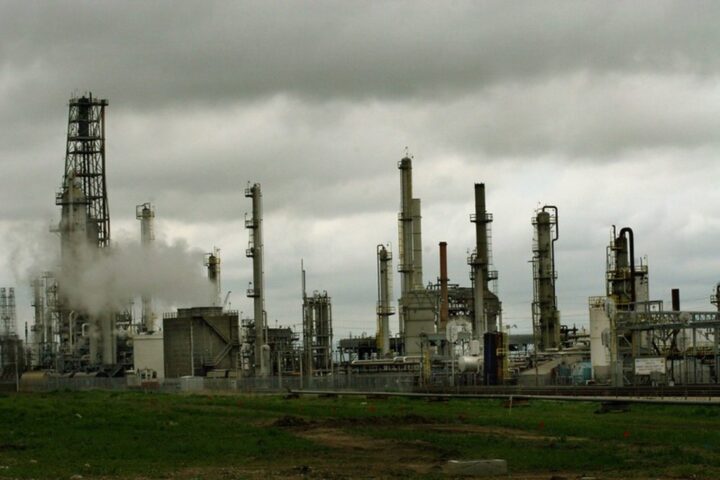Sixty-three percent of land in the European Union and United Kingdom, an area nearly the same size as India, is now under either drought warnings or alerts, according to data published by the European Drought Observatory on Wednesday.
In summer 2022, parts of Europe have experienced drought conditions exacerbated by heat waves. The European Commission has warned that it will be Europe’s worst drought in 500 years. There has been no significant rainfall for almost two months in Western, Central, and Southern Europe. In typically rainy Britain, the government officially declared a drought across southern parts. Europe’s hottest and driest summers on record are expected to continue in what experts say could be the worst drought in 500 years.
From dry and cracked reservoirs in Spain to falling water levels on major arteries like the Danube, the Rhine, an unprecedented drought is afflicting nearly half of the European continent. It is damaging farm economies, forcing water restrictions, causing wildfires and threatening aquatic species. Climate change is exacerbating conditions as hotter temperatures speed up evaporation, thirsty plants take in more moisture and reduced snowfall in the winter limits supplies of freshwater available for irrigation in the summer. Europe isn’t alone in the crisis, with drought conditions also reported in East Africa, the western United States and northern Mexico.
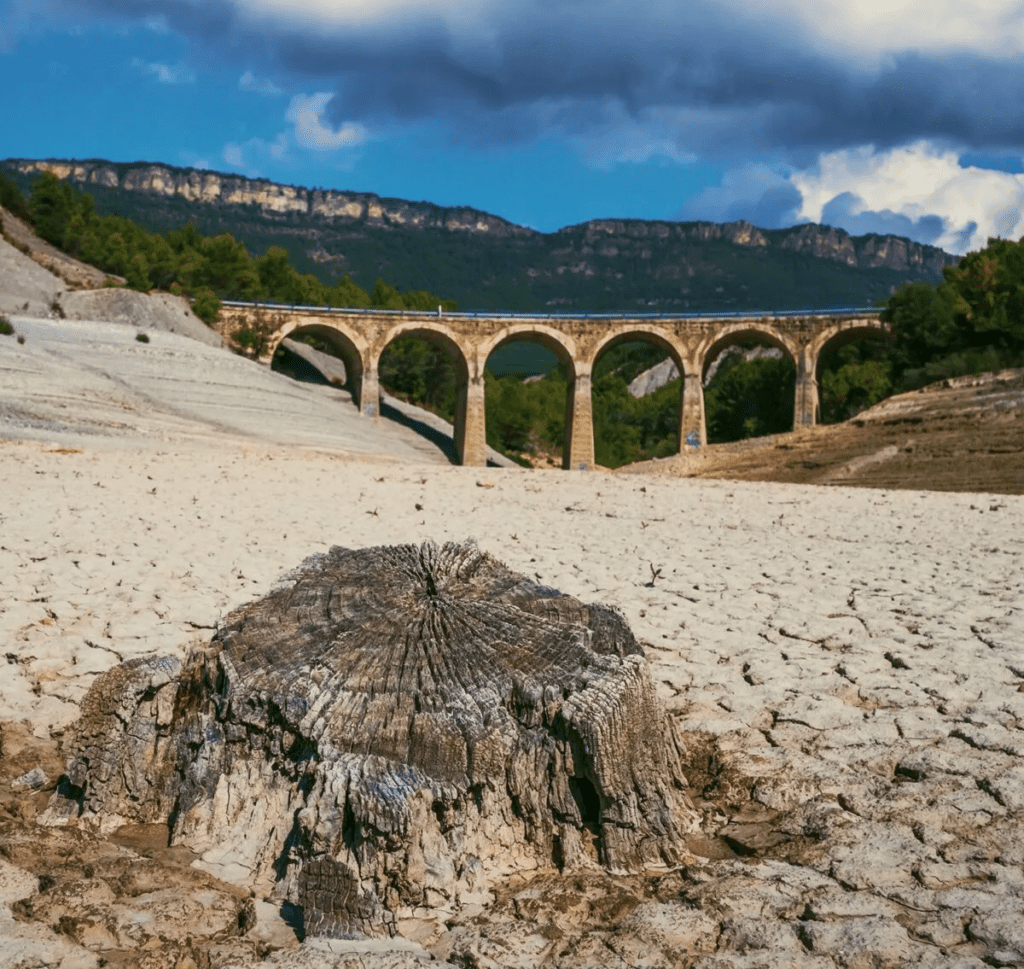
The drought in much of Europe is critical as the winter-spring precipitation deficit (19% of the 1991-2020 average across all warning areas in EU+UK, and 22% in areas under drought alert) was exacerbated by early heatwaves. River discharge in multiple countries is severely affected, withstored water volumes also depleted. Altogether, this may require extraordinary water and energy management measures to be taken in affected countries.
The lack of precipitation means soil water content has reduced significantly. This has made it harder for plants to extract water from the soil, leading to widespread stress on vegetation — namely in the Italian lowlands, in southern, central and western France, in central Germany and eastern Hungary, Portugal and in northern Spain.
Jean-Philippe Couasne, chief technician at the local Federation for Fishing and Protection of the Aquatic Environment, listed the species of fish that had died in the freshwater bodies. He said. “On average, about 8,000 liters ( 2,100 gallons) per second are flowing and now, zero liters.” Jean-Pierre Sonvico, the regional head of the federation, said diverting the fish to other rivers won’t help because those waterways also are affected by the drought.
The European Commission’s Joint Research Center warned this week that drought conditions will get worse and potentially affect 47% of the continent.
Copernicus Senior Scientist Freja Vamborg said that “dry conditions from previous months combined with high temperatures and low precipitation rates seen in many areas during July may have adverse effects on agricultural production and other industries such as river transport and energy production.”
Consequences
A recent report by the Joint Research Centre, the European Commission’s science service, forecast a drop of 8-9% in the production of grain maize, sunflowers and soybeans in the EU because of hot and dry conditions over the summer, well below the five-year average.
The drought has caused some European countries to impose restrictions on water usage, and shipping is endangered on the Rhine and the Danube rivers.
The European Observatory is being extended with a multi-sectoral drought risk and impact assessment under the EDO for Resilience and Adaptation’ (EDORA) project, which aims to improve drought resilience and adaptation in the environment.
Sources
- https://amp.cnn.com/cnn/2022/08/08/europe/eu-uk-drought-warnings-weather-climate-intl/index.html
- https://joint-research-centre.ec.europa.eu/jrc-news/droughts-europe-july-2022-almost-half-eu-uk-territory-risk-2022-07-18_en
- https://news.sky.com/story/amp/europes-drought-on-course-to-be-worst-for-500-years-european-commission-researcher-warns-12669153
- https://www.npr.org/2022/08/12/1117130528/the-drought-across-europe-is-drying-up-rivers-killing-fish-and-shriveling-crops
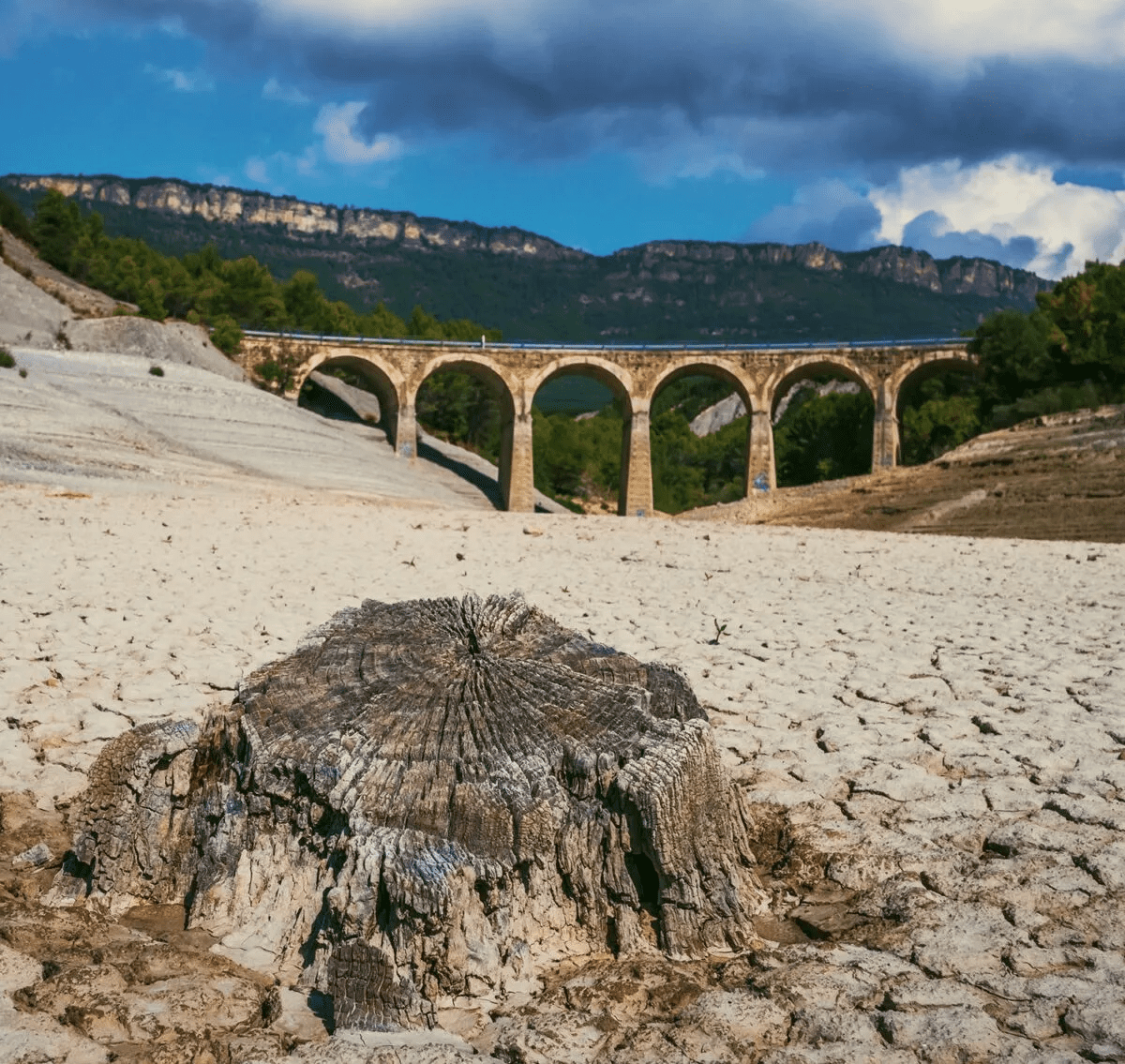
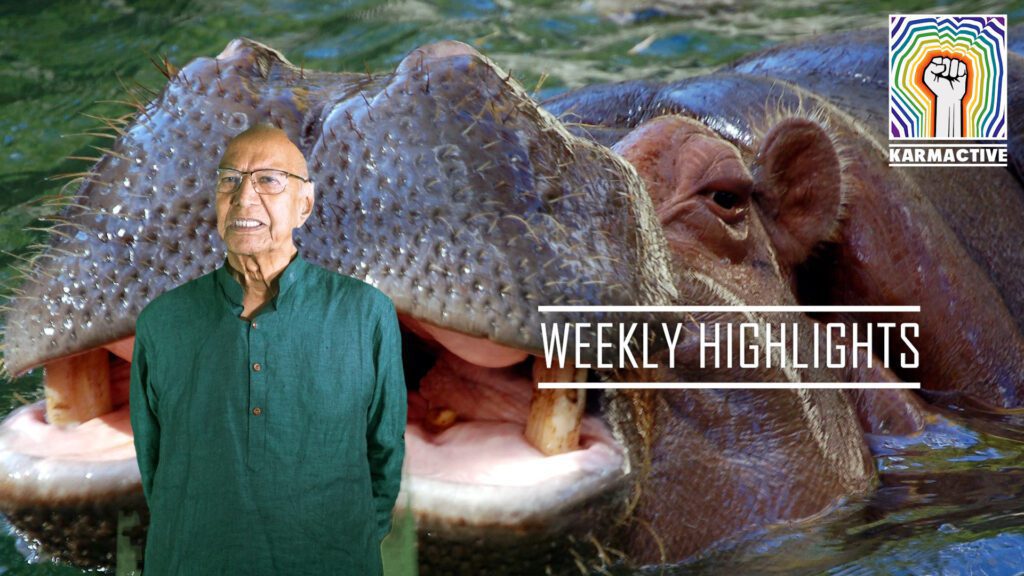
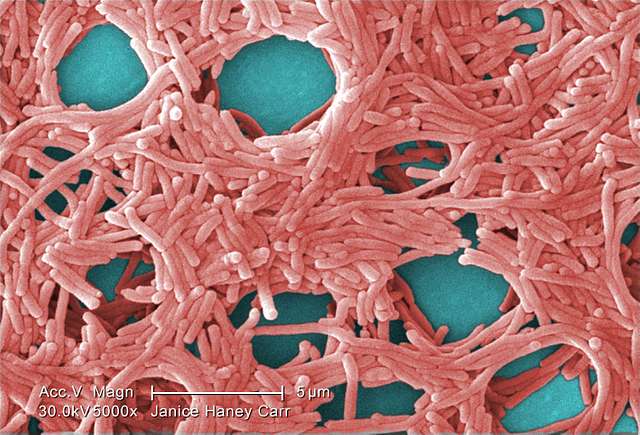
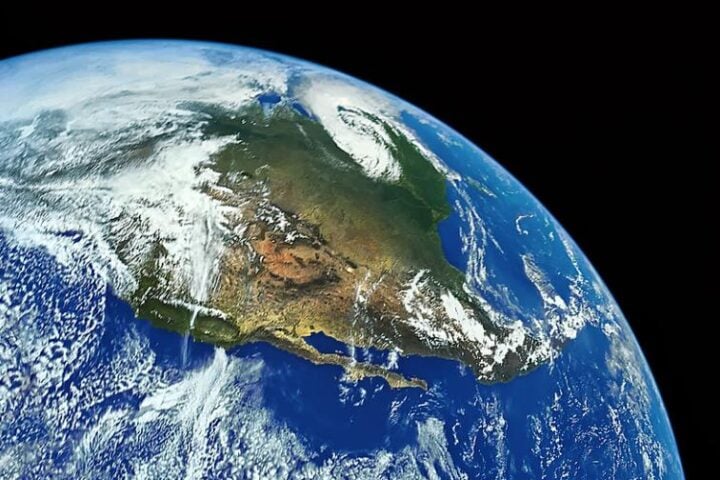










![Google satellite view of 1112 Stanley road in Augusta [Google Earth]](https://www.karmactive.com/wp-content/uploads/2025/04/Augusta-National-Spent-200M-on-270-Acres-but-One-338000-Home-Still-Stands-on-Stanley-Road-720x360.png)
